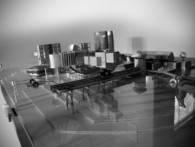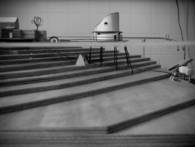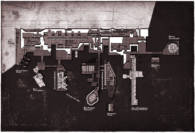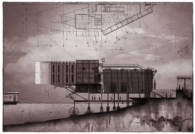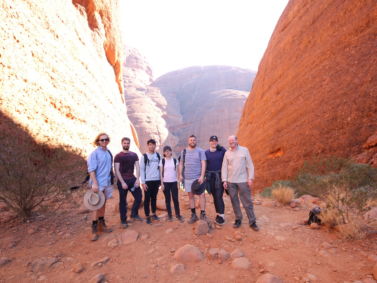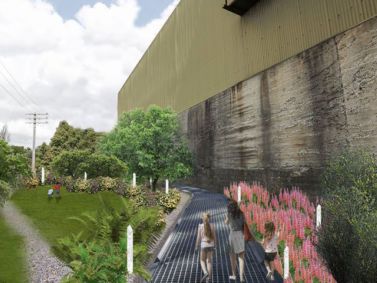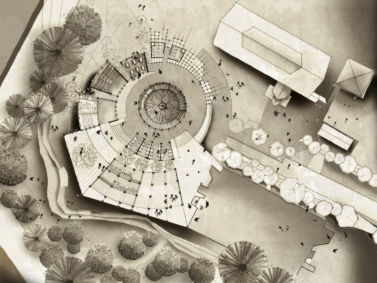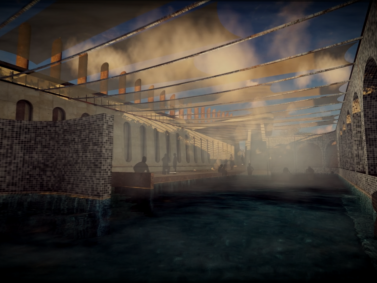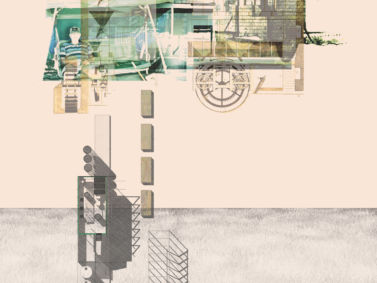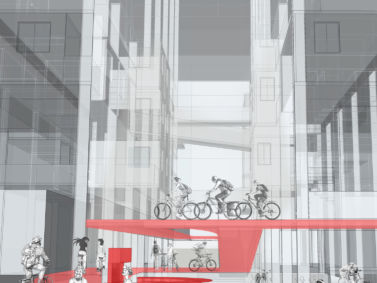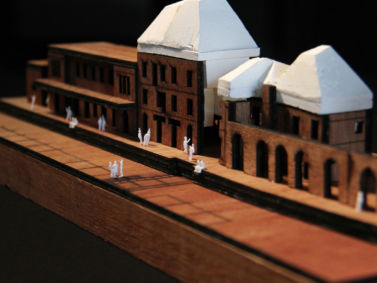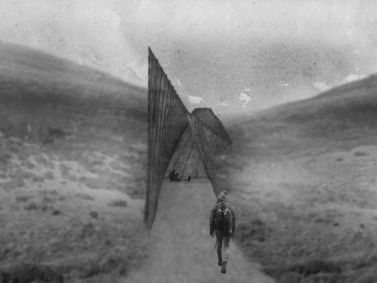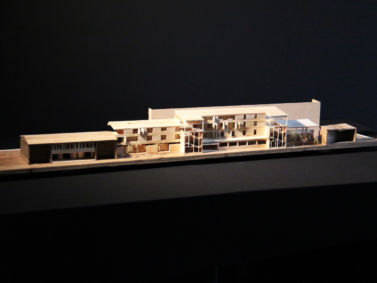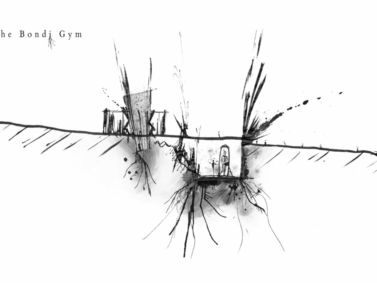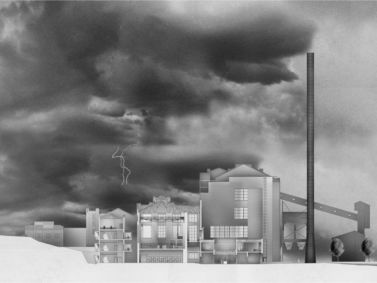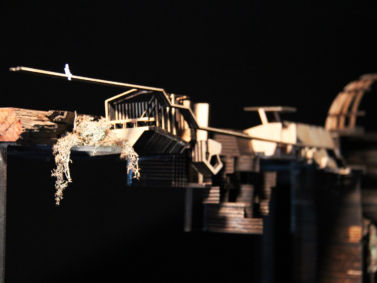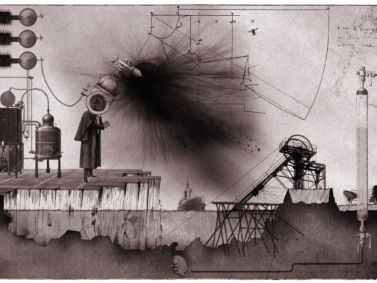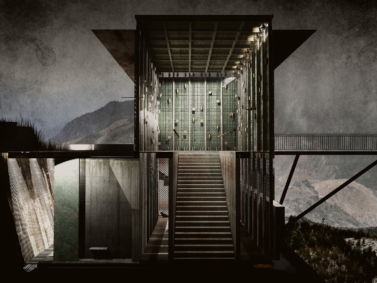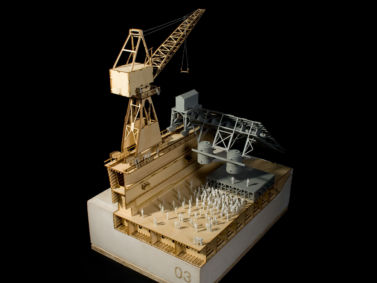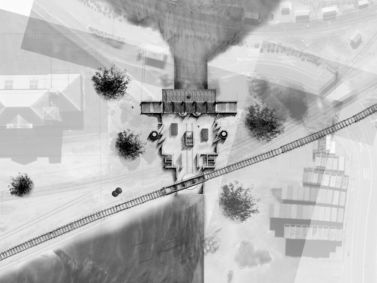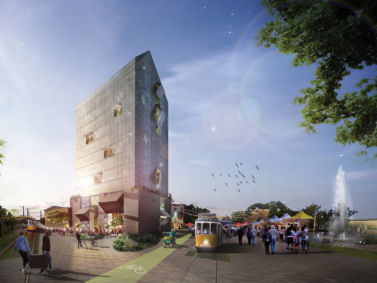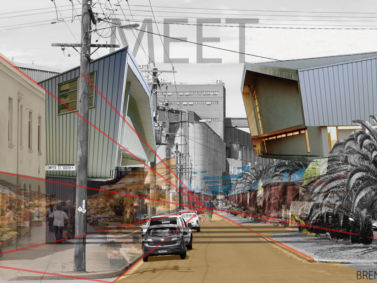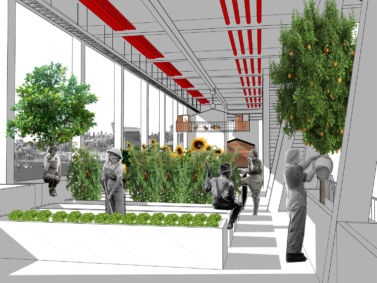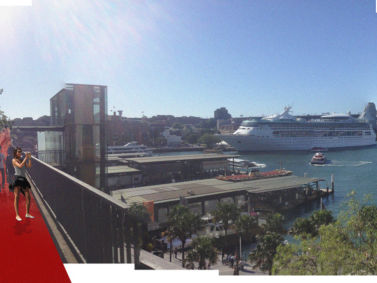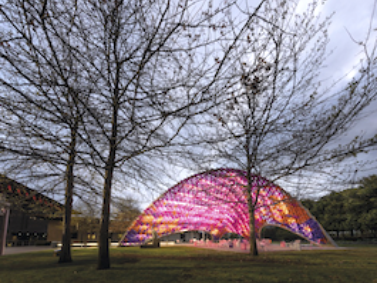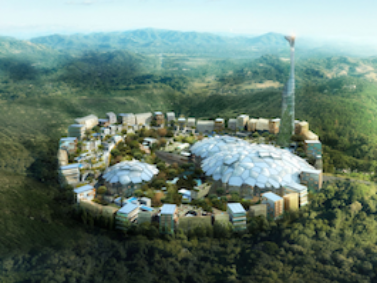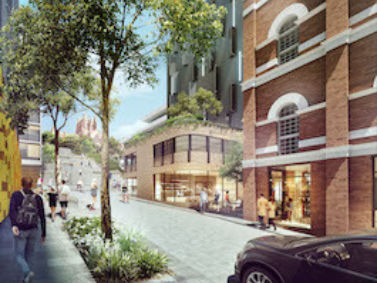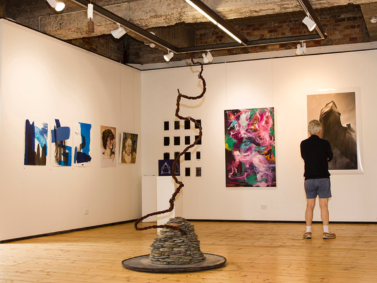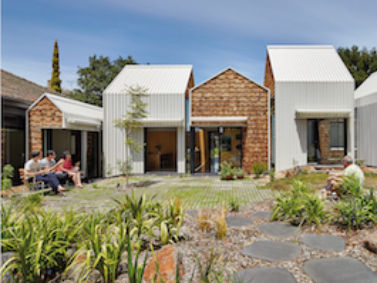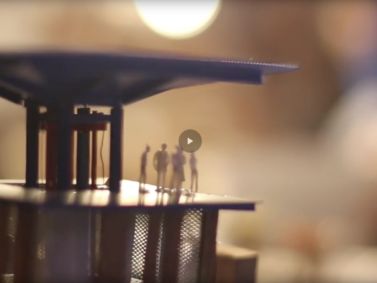Carrington Wharf Project
The Carrington Wharf Project restores the historical notion of the wharf as a place positioned at the edge of society both physically and conceptually A place traditionally characterised by its diverse activity and mixing of social demographic, the project develops an empathic fascination with the otherworldliness of transience, drinking, violence and promiscuity. This is the radical antithesis of contemporary market driven architecture that has decayed any notion of a complex social order.
The first stage of the project is to remove the thin crust oc concrete on the surface and reveal the sites dark history. From what was once mud flats submerged at high tide and used by the Awabakal people for fishing, has today becomes testament to the acceleration of the tempo of production brought about by the industrial revolution. The island itself demonstrates white man’s need to reshape the land as it quite literally grew out of the mud. Ship ballasts, which were once used to transform the site are excavated to bring the water back in. The stones are then used to form a new island above the projected flood level that is an anchor or foundation for the new buildings and wharfs.
Because of its industrial harbor, wharfie culture and proximity to the now closed BHP, Carrington developed as a working class suburb with a fearsome reputation that arguably had a greater character, vitality and human spirit than its current condition. The gentrification of the suburb has all but cleaned up the feverish excitement of exuberant sexual promiscuity, lust and cruelty that once existed. The projects assemblage uses existing infrastructure and the outmoded buildings, machines, boats and programmatic characteristics. The proposed Brewery uses the exiting grain silos to store barley and hops used in the production of beer. Storage, loading, consumption and throughput facilities assist in the exportation and trade of alcohol. We glimpse into the innermost depth of human beings through the analogy of intoxication.
Architecture in this instance isn’t purely to provide shelter, commercial return of aesthetic enjoyment but an armature for dialogue between people concerned with the current state of architecture, ethical design and the continual restrictions forced on the profession by irresolute constraints. Further to this is a critique of the resource boom and the moral implications of the quantity of coal that leaves the harbor each day.


